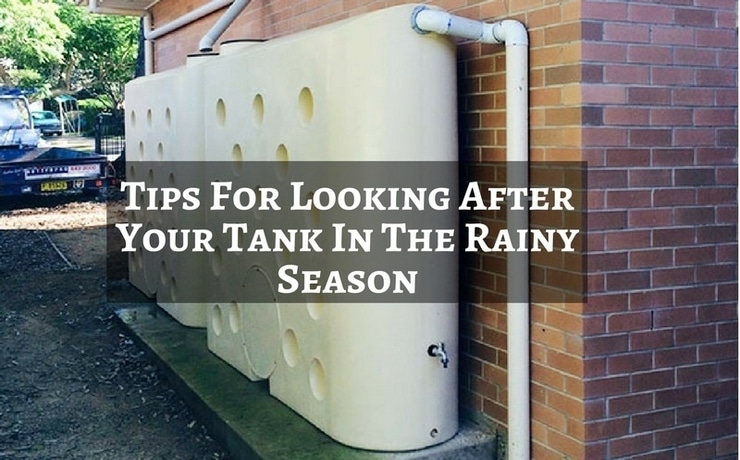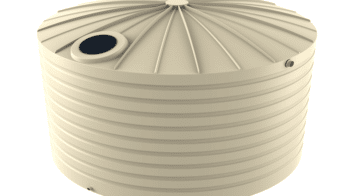
Typical Australian winters are characterized by heavy rainfall, and in many parts of the country, this rain is essential. It’s collected in tanks and provides sustenance throughout the drier parts of the year. In regions without municipal piping infrastructure, rain harvesting is the primary source of water for both domestic and commercial use.
Even in areas where water largely comes from the city mains, rain water harvested in winter can drastically reduce water bills. Plus, it protects our natural resources, which are increasingly finite in the modern world. Installing a rain water tank is just one step though. It’s important to keep it clean and well maintained, for health and sanitation reasons.
Since the rainy season in Australia is fairly predictable, it’s best to get your tank ready a few weeks or months before the precipitation begins. Towards the end of fall, drain the remaining dregs of water out of your tank so that you can flush it and give it a good clean in preparation for winter. This prevents contamination from old sludge and sediment.

Many tank owners only clean their tanks once a year, and that’s a lot of accumulated debris. The last thing you need is to stockpile thousands of litres of water, only to have it rendered unpalatable by the gunk in your tank. So be sure to clean everything out just before the new rains begin. If there’s any leftover water, switch it to temporary storage for the time being.
Of course you’ll want all your tanks nice and clean so that you can collect the maximum amount of rain water, so you could set up a schedule to clean your tanks in turn throughout the Fall. Siphon leftover water into a different tank as you clean, then you can consider putting it back of its usable.
If the collected water doesn’t look suitable for drinking or cooking, divert it for toilets, car wash, irrigation, or other practical uses. The tanks should be pristine to ensure maximum quality for your newly gathered rain water. For best results, have a professional cleaner sort the now empty tank. They can get inside it to check for leaks, contamination, and damage.
They are also likely to use vacuum equipment to make sure the tank is spotless and ready for refilling, once they have repaired any holes or cracks. Aside from the annual deep-clean, tanks need routine maintenance throughout the year, moreso during wet winters. Things to look out for are leaf skimmers and inlets.
No matter how clean the tank is, the water will be compromised if it gets soiled on its way into the tank. Check your gutters to make sure they are clean, dry, and rust free. If they need repair or re-alignment, get it done before the rainy season begins.
Ideally, your gutters should be checked every three months, but you can increase frequency during the rainy season. Empty all leaves and debris out of your leaf collection basket. If it’s detachable, take the basket out, shake it, clean it, rinse it, and put it securely back in place.
Check your pipes and taps for blockages and replace them if you need to. Once the rains begin, check your leaf skimmers, gutters, and downpipes every few days to make sure they stay clear. If the volume of leaves seems excessive, install a gutter mesh to keep the bulk of them out of the water supply and make them easier to remove.
The rainy season brings a lot of mosquitoes with it, and your rain water tank is one of their favourite haunts. Install a mosquito mesh and check it regularly for gaps or holes. You don’t want them breeding in your water. Once the water is collected, test its quality every six months to detect and resolve chemical or microbial contamination.
When you check the water quality, check on your water pump as well. You might pump liquid every day, but it’s still possible that the pump has some sediment stuck in its pipes that can eventually cause it to fail.
Have a plumber inspect it to make sure it’s in good order, especially when it’s working hard due to the rainy season. During drier times of the year, you can reduce pump inspections to twice a year, since contaminant levels are likely to be lower.
Related Articles:





